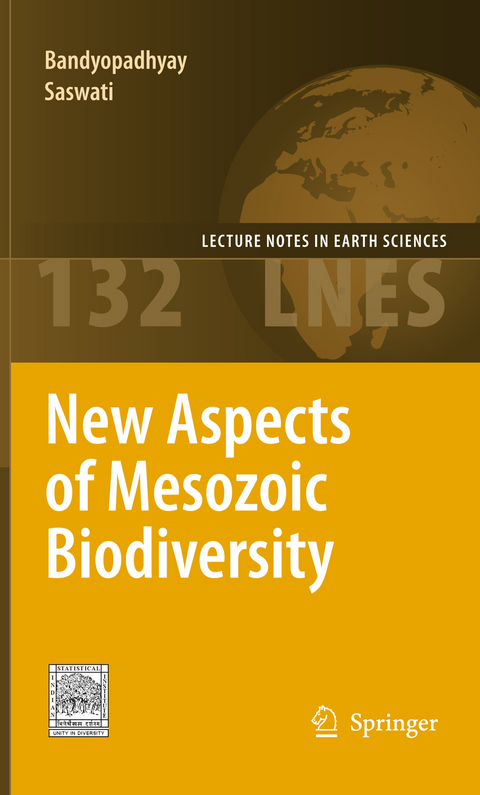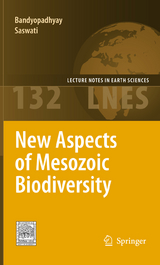New Aspects of Mesozoic Biodiversity
Springer Berlin (Verlag)
978-3-642-10310-0 (ISBN)
Main fields of interest:Vertebrate palaeontology including origin, evolution, functional morphology and systematic study of Mesozoic vertebrates, especially the reptiles, their taphonomy and bone histology. Gondwana geology including stratigraphy and depositional environment, biochronology and palaeobiogeography.
New Perspectives on the Evolution of Late Palaeozoic and Mesozoic Terrestrial Tetrapods.- The Origin, Early History and Diversification of Lepidosauromorph Reptiles.- Rahiolisaurus gujaratensis, n. gen. n. sp., A New Abelisaurid Theropod from the Late Cretaceous of India.- Pterosauria from the Late Triassic of Southern Brazil.- Bone Histology of a Kannemeyeriid Dicynodont Wadiasaurus: Palaeobiological Implications.- Indian Cretaceous Terrestrial Vertebrates: Cosmopolitanism and Endemism in a Geodynamic Plate Tectonic Framework.- The Wandering Indian Plate and Its Changing Biogeography During the Late Cretaceous-Early Tertiary Period.
From the reviews:
"This book, which is a spin-off of a session of an international conference held at the Indian Statistical Institute (Kolkata, India) in early 2008. ... the chapters are well-organized and contain very detailed reference lists. ... I can recommend it strongly to specialists in Late Palaeozoic-Mesozoic terrestrial vertebrates. Palaeontologists with wide interests, as well as earth scientists interested in the geology and plate tectonics of Gondwana will also enjoy reading this book." (Dmitry A. Ruban, Geologos, Vol. 16 (3), September, 2010)| Erscheint lt. Verlag | 24.6.2010 |
|---|---|
| Reihe/Serie | Lecture Notes in Earth Sciences |
| Zusatzinfo | XIV, 134 p. |
| Verlagsort | Berlin |
| Sprache | englisch |
| Maße | 155 x 235 mm |
| Gewicht | 355 g |
| Themenwelt | Naturwissenschaften ► Biologie ► Ökologie / Naturschutz |
| Naturwissenschaften ► Geowissenschaften ► Geografie / Kartografie | |
| Naturwissenschaften ► Geowissenschaften ► Mineralogie / Paläontologie | |
| Schlagworte | Biodiversität • Biodiversität / Artenvielfalt • biodiversity • Bone histology • Functional morphology • Mesozoic • Palaeoecology • Palaeontology • Paläontologie • Reptiles • Stratigraphy • taphonomy |
| ISBN-10 | 3-642-10310-3 / 3642103103 |
| ISBN-13 | 978-3-642-10310-0 / 9783642103100 |
| Zustand | Neuware |
| Haben Sie eine Frage zum Produkt? |
aus dem Bereich




